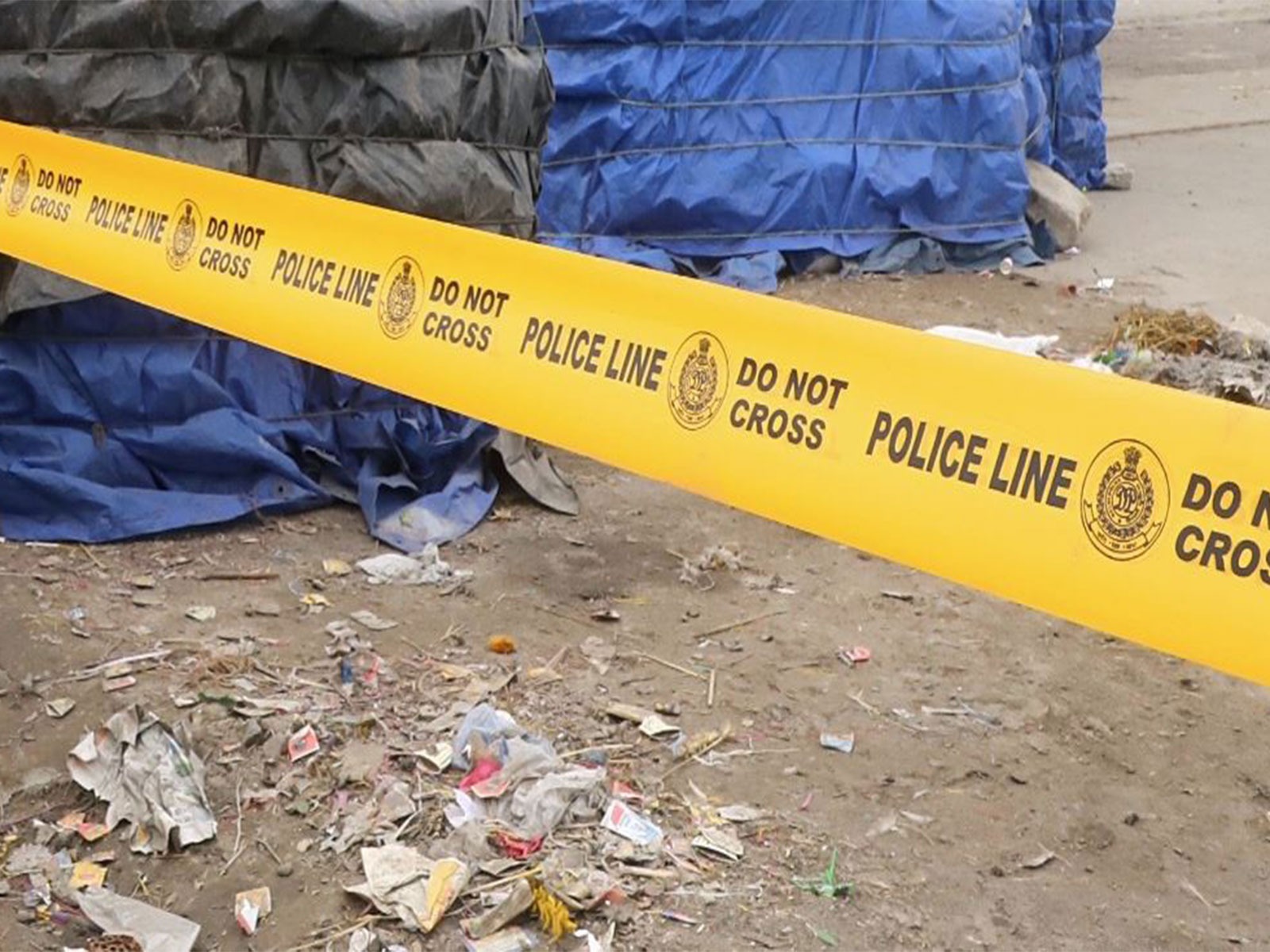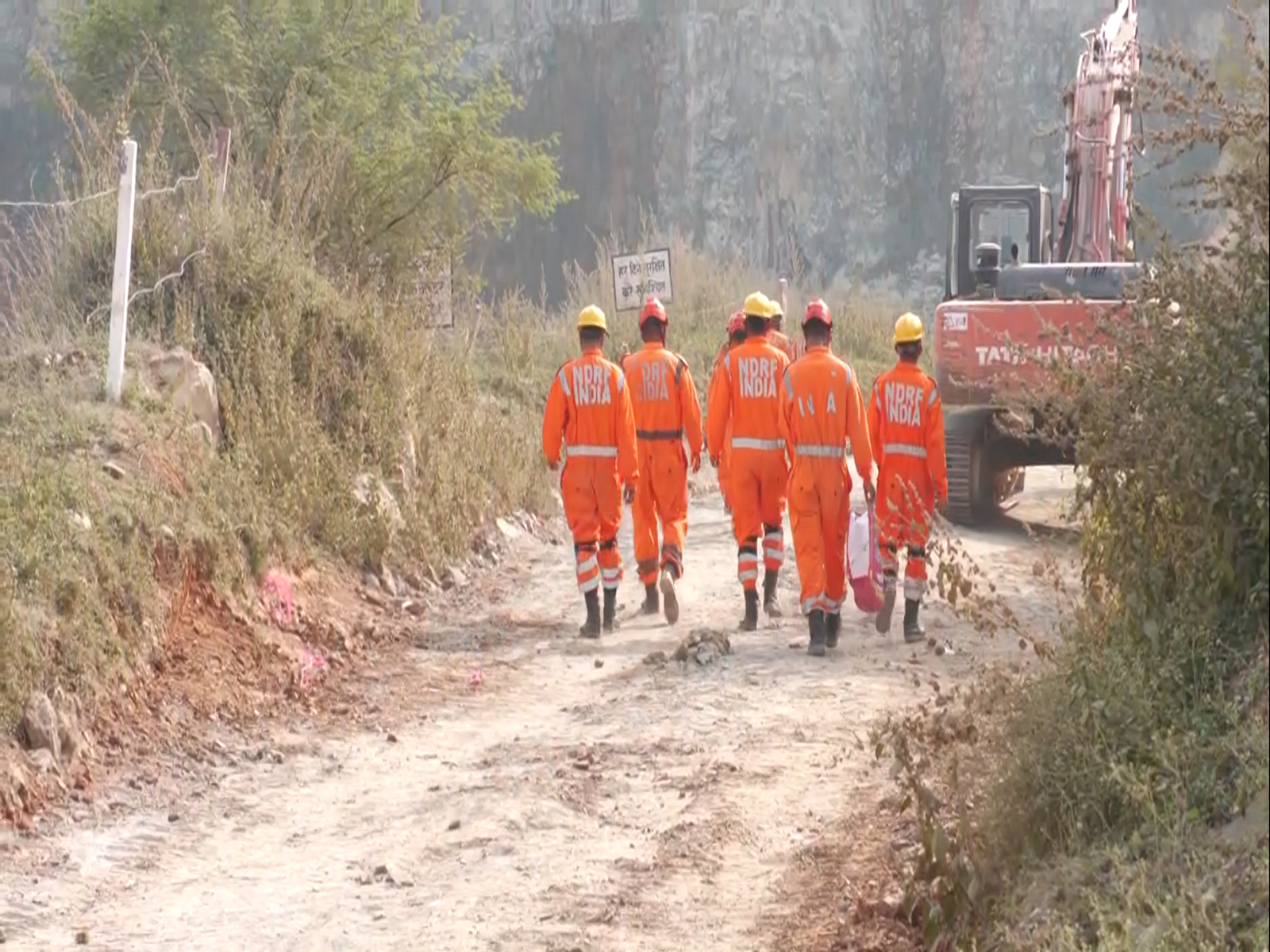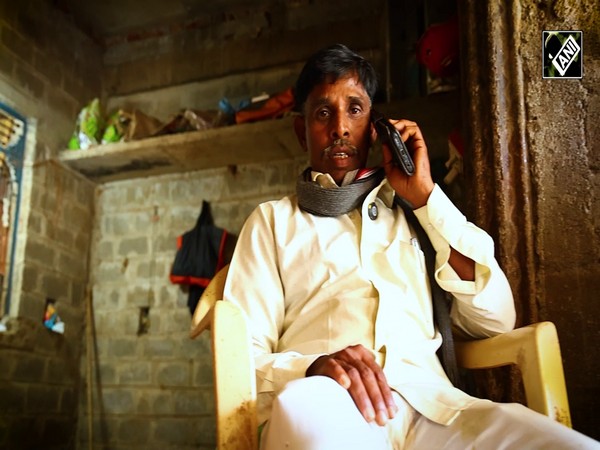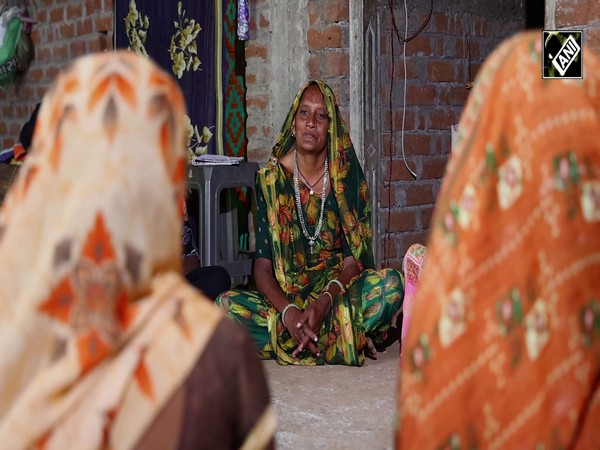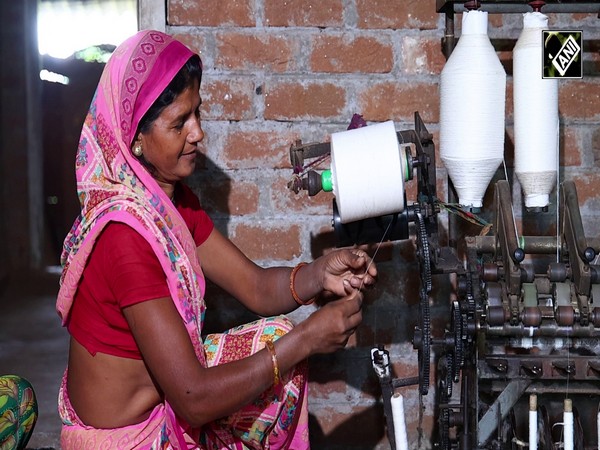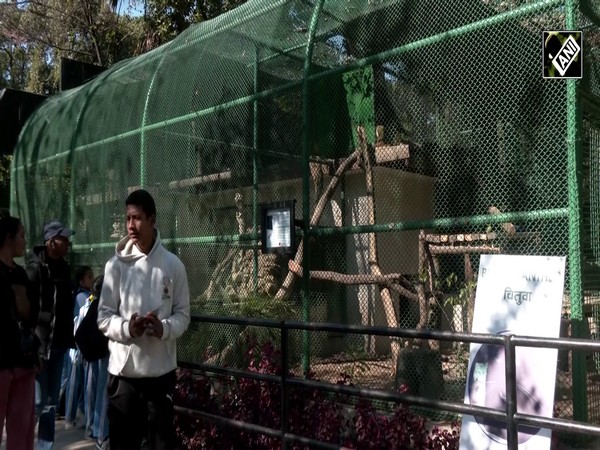Assam begins leopard Census in Sila forest range
Feb 05, 2022

Kamrup (Assam) [India], February 5 : Assam will carry out leopard census in a phased manner. A first-ever leopard census is being taken up in the North Kamrup forest division, with the counting work launched on Friday in the Sila range area of the district, which will gradually progress in the coming days.
In a series of tweets on Saturday morning, North Kamrup Forest Division said that the Census area has been divided into 2X2 square kilometre grids, and one camera would be installed in each of the grids. "The area is marked on the basis of the past records and the present information. A test camera trap has been installed in one of the leopard prone areas," added the forest division in one of the tweets.
The forest division also stated that the Census work in the Sila range area has begun which will be gradually taken up in other parts of the forest.
The North Kamrup Forest Division has launched a first-of-its-kind leopard Census in Assam's forest and non-forest areas, which commenced from Amingaon in the state on January 31.
The counting work will be carried out through the camera-trapping method, and 50 cameras would be installed in the Sila Reserve Forest, Changsari, NIPER, AIIMS, etc surrounding Amingaon.
"The camera trapping will be done for a period of 24 days, and data from each camera will be extracted at an interval of every seven days," said Sunnydeo Choudhary, Divisional Forest Officer.
A one-week execution program has been planned by the North Kamrup Forest Division for conducting the Census that will involve verifying camera traps, the study of maps, in-depth discussions with senior forest officials, volunteer participation plans, field survey, and target location selection. During the week-long program, the officials of the division will discuss various aspects of the camera trapping mission with all the stakeholders, including district administration, police, village and educational institutional heads, besides media in a detailed manner.
The camera trapping will commence from February 7.
Choudhary said, "It has been decided to estimate the population of leopards. Lately, there have been a number of incidents of man-animal conflicts. Due to habitations in close proximity to the forest areas, including growth in the urban built-up area in North Guwahati, there is a decrease in the habitat of leopards."
He also stated that 50 camera traps in the 100 square kilometre area will study in detail and create the baseline population data of leopards. Choudhary also said that the area of camera trapping will further be expanded later. "It will give us the accurate data about the population of leopards, and help us manage the man-animal conflict better and protect the species," he added.
